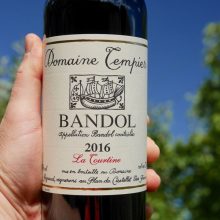
Product information
Domaine Tempier Bandol ‘La Tourtine’ 2016
$140
Description
The La Tourtine parcel lies at a slightly lower elevation, in the Castellet region, and is more homogeneously clay soils. This parcel yields a powerful, rich, concentrated and surprisingly polished Bandol that has the fruit and texture to impress in its youth, yet the concentration to age beautifully.
The Mourvedre vines flourish on this terroir producing excellent wines that are powerful, tannic and fruity. La Tourtine comprises 70–80% Mourvedre depending on the year. Frequently windswept by the mistral, this vineyard is particularly well exposed, resulting in a wine with long ageing potential that retains its red berry and spice aromas even after 10 to 15 years.
80% Mourvèdre 10% Grenache 10% Cinsault
Out of stock
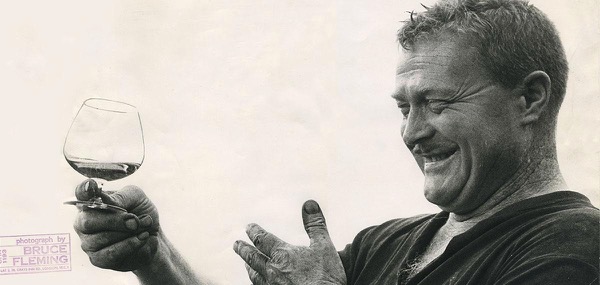



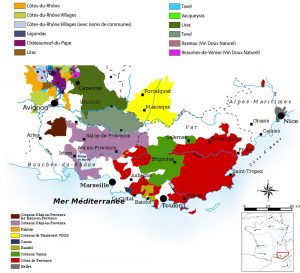
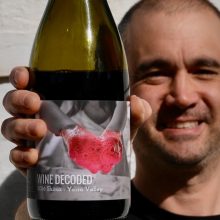
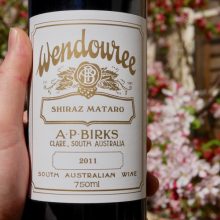
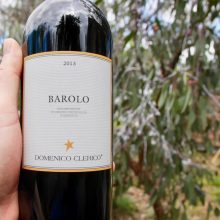
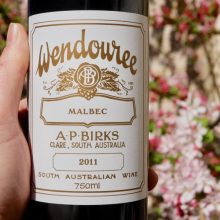
You must be logged in to post a comment.